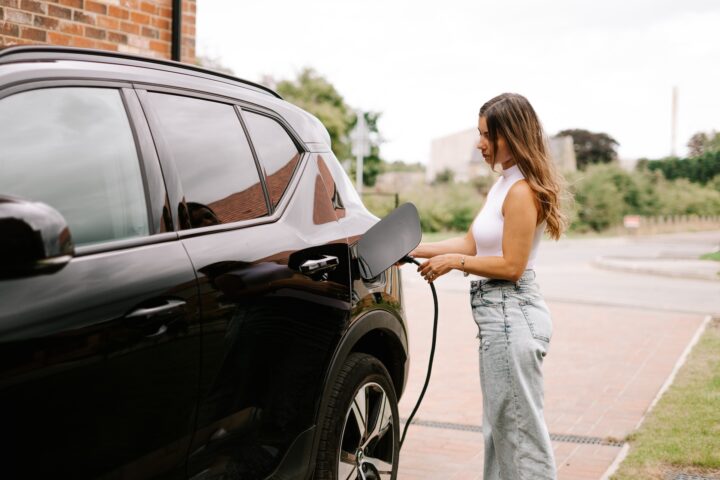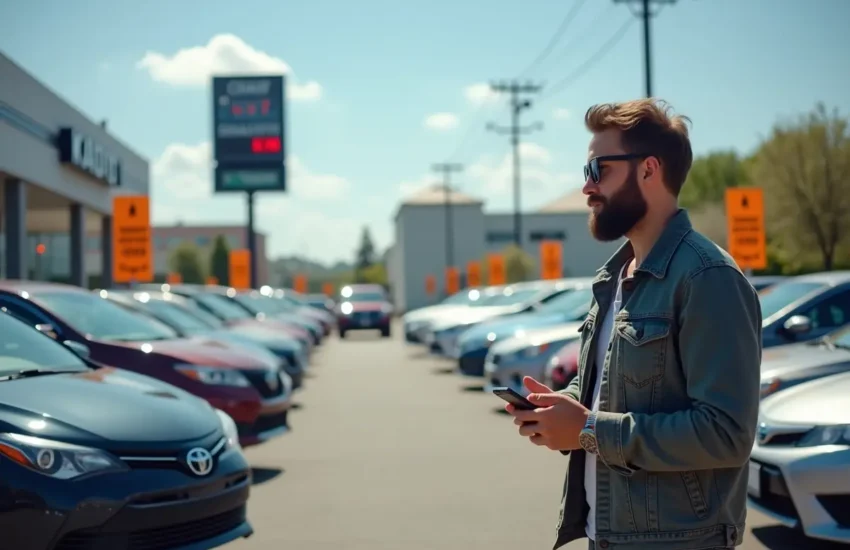Claim Your EV Charger Rebate Today
Electric vehicles (EVs) are becoming increasingly popular, as more people seek sustainable and eco-friendly modes of transportation. However, one of the primary concerns for EV owners is finding a reliable charging station that can power up their vehicle on the go. Fortunately, there are several rebate programs available to incentivize and support the installation of electric vehicle chargers in homes and public spaces.
In this article, we will explore the various types of electric vehicle chargers available on the market today and examine some of the rebate programs currently offered by governments and utility companies across different regions. We will also provide a step-by-step guide on how to claim your EV charger rebate today, including gathering all necessary documentation and submitting your application for approval. Whether you are a seasoned EV owner or just starting out on your journey towards sustainability, this article aims to provide valuable insights into making EV charging more accessible and affordable for everyone.

Understanding Electric Vehicle Chargers
Electric vehicle chargers can be categorized into three main types: Level 1, Level 2, and DC fast charging. Level 1 chargers use a standard household outlet and can take up to 12 hours to fully charge an electric vehicle (EV). On the other hand, Level 2 chargers require a dedicated circuit and can charge an EV in just a few hours depending on the battery size. DC fast charging is the fastest type of charger available and can charge an EV from zero to 80% in as little as half an hour.
When choosing which type of charger to install, it’s essential to consider your driving habits and how often you’ll need to charge your EV. For those who mainly drive short distances or have access to charging at work or public stations, a Level 1 charger may suffice.
However, for those who rely on their EV for long commutes or frequent road trips, investing in a more powerful charger such as a Level 2 or DC fast charger may be necessary. Ultimately, understanding the different types of chargers available and their charging time comparison is crucial for making informed decisions about purchasing and installing an EV charger at home or work.
Available Rebate Programs
Rebate programs are currently accessible for those interested in purchasing an electric vehicle charging station. These programs aim to encourage individuals to adopt more sustainable and eco-friendly transportation options by offering financial incentives. Rebate eligibility varies depending on the state and utility company, but generally, rebates are available for both residential and commercial customers who install eligible Level 2 or DC fast chargers.
To apply for a rebate, applicants must meet certain requirements such as submitting proof of purchase and installation, choosing an approved charger model, and adhering to application deadlines. Some states also require that the applicant is a customer of a specific utility company or has installed the charger at a qualified location.
It is important to thoroughly research the rebate program’s terms and conditions prior to applying to ensure eligibility and compliance with all requirements. Overall, these rebate programs offer a valuable opportunity for individuals looking to reduce their carbon footprint while saving money on their charging infrastructure investment.
Gathering Necessary Documentation
Proper documentation is essential when applying for financial incentives that promote the adoption of sustainable transportation options, as missing even one requirement can mean missing out on a valuable opportunity to make a significant impact on reducing carbon emissions. In order to claim your EV charger rebate today, it is crucial to gather all the required paperwork and meet eligibility criteria set forth by the program administrators.
To begin with, applicants must provide proof of ownership or lease agreement for their electric vehicle (EV), along with documentation verifying the installation and operation of an eligible Level 2 charging station. Additionally, some rebate programs may require participants to submit copies of their utility bills showing usage from before and after installing the EV charger.
Eligibility criteria may also include residency requirements, income limits, and restrictions on the number of rebates per household or business. It is advisable to carefully review all guidelines and instructions provided by each program in order to ensure that all necessary documents are included in your application submission.
Submitting Your Application for the Rebate
Once all necessary documentation has been gathered, the application for the sustainable transportation incentive can be submitted by carefully following the guidelines and instructions provided by the program administrators. Before submitting the application, it is important to review it thoroughly to ensure that all information is accurate and complete. Common mistakes that applicants make include failing to provide required documents or providing inaccurate information.
To avoid these common mistakes, applicants should carefully read through all instructions provided by the program administrators before beginning their application. It may also be helpful to have someone else review the application before submitting it to catch any errors or omissions.
Additionally, keeping track of deadlines and ensuring that all required documentation is submitted on time can help expedite the process of receiving a rebate for an EV charger installation. By following these helpful tips and avoiding common mistakes, applicants can increase their chances of successfully claiming their EV charger rebate today.
Frequently Asked Questions
Can I still receive a rebate if I purchased my EV charger before the rebate program started?
The eligibility criteria for retroactive rebates on EV chargers may vary depending on the specific program. Generally, if the rebate program has a retroactive provision, you may be eligible even if you purchased your charger before the program started.
Are there any income restrictions for receiving the rebate?
Income eligibility requirements may apply for receiving an EV charger rebate. Applicants should consult the program’s guidelines to determine if they meet the necessary income thresholds. The application process typically involves submitting proof of income with the rebate application.
How long does it typically take to receive the rebate after submitting the application?
“Metaphorically speaking, the rebate processing time varies depending on several factors such as the number of applications received and completeness of application requirements. However, on average, individuals can expect to receive their rebates within 6-8 weeks of submitting a complete application.” Keywords: Rebate processing time, Rebate application requirements.
Can I receive a rebate for multiple EV chargers at once or do I need to submit separate applications for each?
The Multiple Charger Rebates are subject to the Rebate Program Eligibility criteria. It is unclear whether a single application can cover multiple EV chargers or if separate applications are necessary. Further information is required to determine the appropriate course of action.
What happens if my application is denied? Can I appeal the decision?
Like a ship navigating stormy waters, applicants may encounter denials when claiming EV charger rebates. The appeal process exists for this reason, but common reasons for denial should be addressed beforehand. Additional documentation may be needed before appealing.
Conclusion
In conclusion, claiming your EV charger rebate can be a straightforward process that provides numerous benefits to both you and the environment. With an increasing number of available programs, it’s easier than ever to find a rebate that fits your specific needs and budget. By gathering the necessary documentation and submitting your application in a timely manner, you could receive significant savings on both the purchase and installation of your electric vehicle charger.
As with any worthwhile endeavor, taking advantage of these rebates requires some effort on your part. However, the potential benefits are well worth it. Consider this: every year, transportation accounts for approximately 29% of all greenhouse gas emissions in the United States.That’s equivalent to over 1.8 billion metric tons of CO2 emitted into our atmosphere annually! By driving an electric vehicle charged by renewable energy sources, we can significantly reduce our carbon footprint and help combat climate change.
Therefore, let us take action today by claiming our EV charger rebate and joining the growing community of environmentally conscious drivers who are making a positive impact on our planet!


